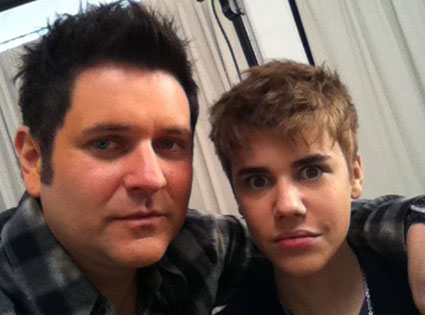“Necessity is the mother of invention,” someone, possibly Plato, once said. And, in a new article for Britannica, the science writer and documentary producer James Burke, describes the variable characteristics of inventors.
They are observant, as in George de Mestral seeing tiny hooks on the burrs clinging to his hunting jacket and then inventing Velcro. They do it for money. They solve puzzles. They stumble upon it by chance or it may be unintended. But, most of all, “inventors are dogged,” says Burke, who goes on to say:
The American inventor Thomas Edison, who tested thousands of materials before he chose bamboo to make the carbon filament for his incandescent lightbulb, described his work as “one percent inspiration and 99 percent perspiration.” At his laboratory in Menlo Park, N.J., Edison’s approach was to identify a potential gap in the market and fill it with an invention. His workers were told, “There’s a way to do it better. Find it.”
Everyone has their own list of great inventors and inventions, but here are 10 of the top inventions of all time that changed the world, according to Rob Curley, Britannica’s senior science editor, who compiled a mammoth table of inventions in Britannica that lists many other inventors and inventions.
1. Stone tools, by Homo habilis some 2 million years ago
2. Dageurreotype (the first successful photograph), by Louis-Jacques-Mandé Daguerre in 1839
3. Saxophone (combining a reed mouthpiece with a brass bell), by Antoine-Joseph Sax in 1842
4. Bessemer process ( made steel cheap and plentiful), by Henry Bessemer in 1856
5. Celluloid (the first plastic), by John Wesley Hyatt in 1870
6. Edison cylinder phonograph (brought music to the masses), by Thomas Alva Edison in 1877
7. Wright flyer of 1903 (showed flight could be controlled), by Wilbur and Orville Wright in 1903
8. Iconoscope television camera and Kinescope receiver (made electronic television possible), byVladimir Kosma Zworykin in the 1920s
9. Integrated circuit (made modern electronics possible), by Jack Kilby in 1958
10. Apple II personal computer (started the PC revolution), by Stephen Wozniak in 1977
2. Dageurreotype (the first successful photograph), by Louis-Jacques-Mandé Daguerre in 1839
3. Saxophone (combining a reed mouthpiece with a brass bell), by Antoine-Joseph Sax in 1842
4. Bessemer process ( made steel cheap and plentiful), by Henry Bessemer in 1856
5. Celluloid (the first plastic), by John Wesley Hyatt in 1870
6. Edison cylinder phonograph (brought music to the masses), by Thomas Alva Edison in 1877
7. Wright flyer of 1903 (showed flight could be controlled), by Wilbur and Orville Wright in 1903
8. Iconoscope television camera and Kinescope receiver (made electronic television possible), byVladimir Kosma Zworykin in the 1920s
9. Integrated circuit (made modern electronics possible), by Jack Kilby in 1958
10. Apple II personal computer (started the PC revolution), by Stephen Wozniak in 1977
Some pretty lofty achievements—the step pyramid, the automobile, Pasteurization, the Internet, and even basketball, just to name a few—didn’t make the cut. What would be in your top 10?
And, incidentally, no single table can list all the inventions of the world. But if you notice any we’ve missed that you think ought to make the grade, let us know, and we can consider it for inclusion.




























 We couldn't be more excited for Super Bowl Sunday. After all, "Glee" will make its triumphant return with an episode jam-packed with song-and-dance goodness ("Thriller"! Katy Perry!). But what we could do without is all that football nonsense beforehand. Sure, we're big fans of noshing on nachos and belly-laughing at hilariously silly commercials, but all those sweaty men running around in tights? We'll pass (football pun, huzzah!). If you're feeling a bit like us and need to pass the gridiron-filled hours until William McKinley High takes the stage, check out our list of five things to read, watch and play.
We couldn't be more excited for Super Bowl Sunday. After all, "Glee" will make its triumphant return with an episode jam-packed with song-and-dance goodness ("Thriller"! Katy Perry!). But what we could do without is all that football nonsense beforehand. Sure, we're big fans of noshing on nachos and belly-laughing at hilariously silly commercials, but all those sweaty men running around in tights? We'll pass (football pun, huzzah!). If you're feeling a bit like us and need to pass the gridiron-filled hours until William McKinley High takes the stage, check out our list of five things to read, watch and play.